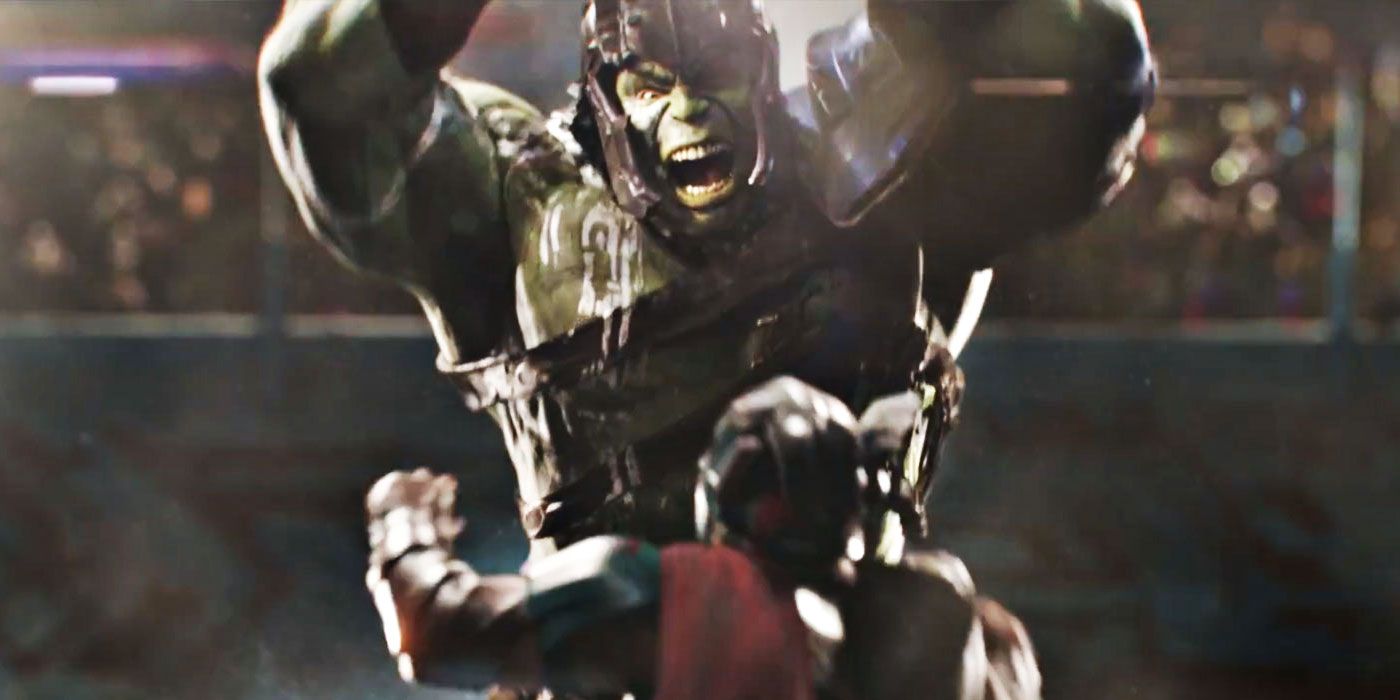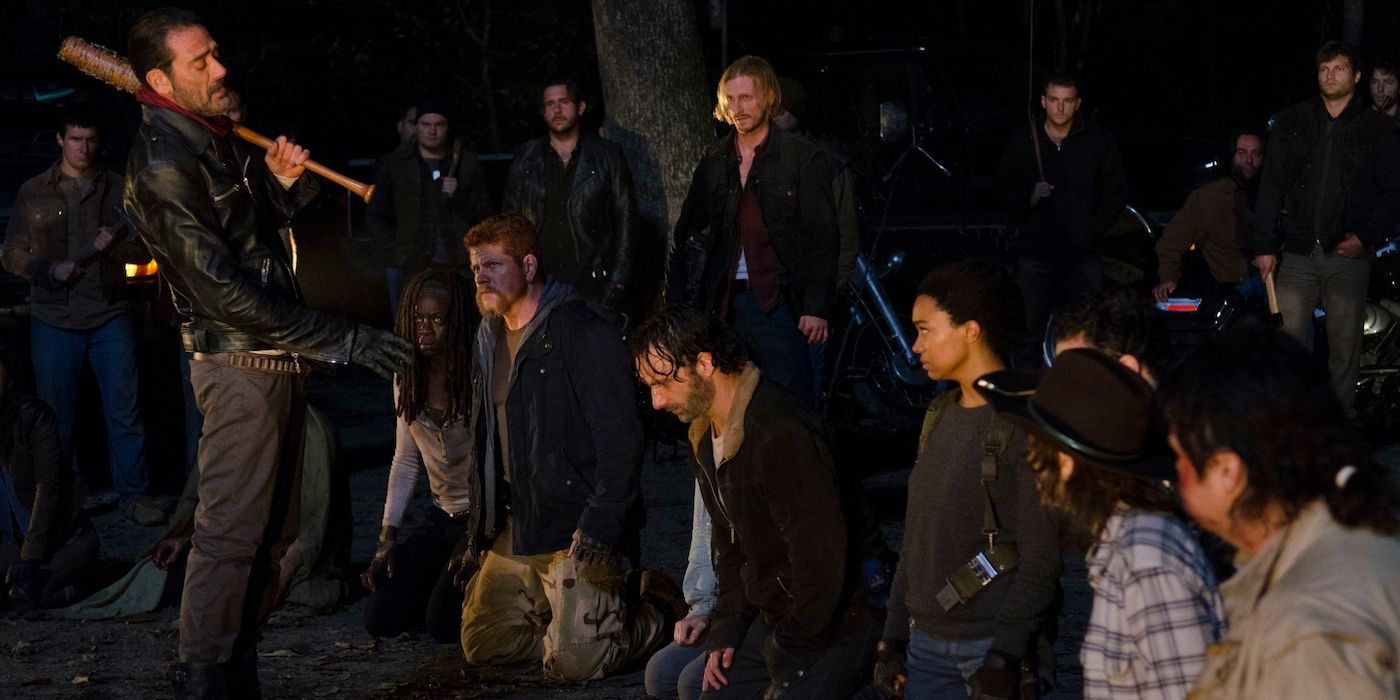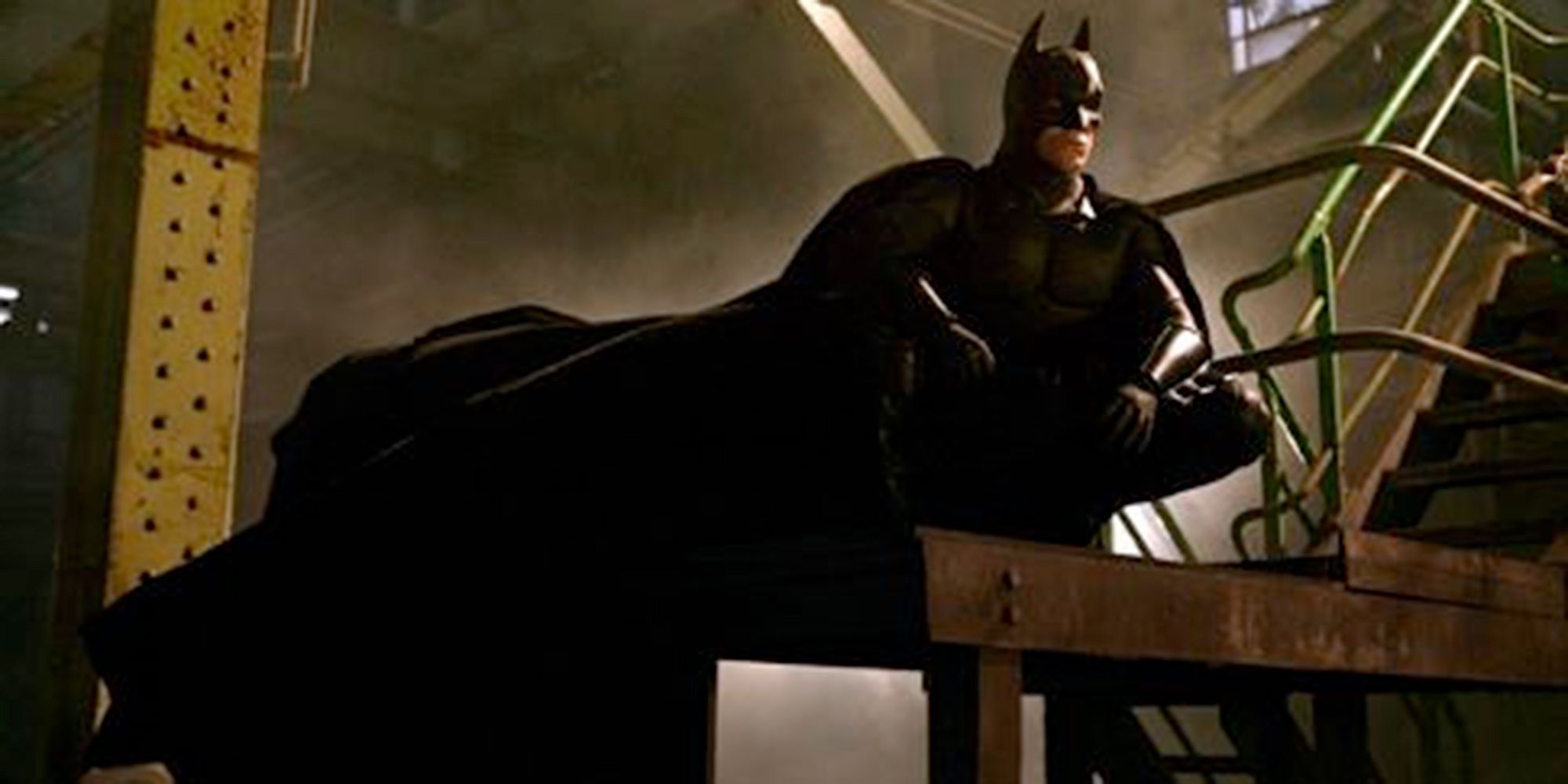Living in an era where we see our favorite comic book heroes appear on a regular basis in movies and on television, it's impossible to escape the battle of arguments between camps of fans who say, "It strayed too far from the source material," versus, "It shouldn't have been a carbon copy." It's an issue that will undoubtedly always divide fans, as well as the writers and producers of the adaptations.
Marvel Studios, for example, managed to find a balance between fidelity to the source and a willingness to explore new, or at least different, characterizations and storylines. DC Films and Warner Bros., on the other hand, have taken a somewhat more drastic route, in some cases only weaving in threads from the comic books.
RELATED: Jeff Goldblum Improvised Many of His Thor: Ragnarok Scenes
No matter what, geeks are likely to complain, and why shouldn't they? After all, they're more passionate about these characters than the average moviegoer. But when it comes to the modern films, why is it that changes to the source material are so difficult to accept? In many cases, those comic stories were written decades ago, and may not hold as much appeal to modern audiences. Times change, and so must we when it comes to wishing, and at times demanding, that adapted stories remain true to their comic book roots.
Film and television are different mediums, with their own dynamic, fluidity and style of engagement. Sequential storytelling allows the reader to fill in gaps and create worlds within in their minds, whereas TV and film are non-stop, require sets, costumes and characters to flesh out every moment of screen time. Emotional beats play out differently than they do on the page, while sounds and voices resonate in a way they never could in a comic book.
Look at The Walking Dead's much-discussed, and -debated, season premiere, which saw Negan beat Glenn to death with his trusted bat Lucille. In the pages of the comics, the scene was gruesome and violent, and we quickly flipped through in shock; on television, however, hearing every gasp, every squishing sound and every cry painted a much more horrifying picture (one that, admitttedly, turned off some viewers). Yes, sometimes such direct translations do work out, as seen with 300, Sin City and, to a degree, Watchmen, but some elements simply do not work outside of the comic pages. The adaptation of Top Cow's Wanted is a fine example: Can you imagine Shithead and the other supervillains depicted on screen the same way as they were in Mark Millar and J.G. Jones' book? Like it or not, changing that story to an all-out action-thriller with assassins was a smart move.
RELATED: Zack Snyder Shares Henry Cavill Man of Steel Costume Test
Taking away the room for flexibility in storytelling would work against successful comic book films, as many directors and writers wouldn't enjoy working on material where they couldn't leave their signature. Can you imagine Christopher Nolan being told to craft his story just like the comics? The freedom Nolan was afforded by Warner Bros. is how he found a middle ground in his Batman trilogy, marrying influences from a number of comics to create his personal, and very successful, take on DC Comics' most popular hero.
When a new movie is announced, fans should recognize the result will likely be an amalgamation of different comic book stories, or even moments. If filmmakers were mandated by studios to produce recreations, they'd be less passionate about the properties, and thus not fully immersed in them. Carbon copies are boring, while subverting to appease diehard fans is challenging, which is why creatives tend to lean to the latter. Kick Ass, Kingsman: The Secret Service and Captain America: Civil War are all examples of films in which the writers and directors were given freedom to adapt aspects of specific stories while crafting new narratives. It's no shock, then, that they were all resounding successes that remained loyal to the source material even while forging new storyline paths. The upcoming, and highly anticipated, Thor: Ragnarok looks to be a perfect example of crafting a movie out of the best bits and pieces of a number of preexisting comic stories, in this case the Ragnarok tales we've seen in Thor comics, and the gladiator-infused visuals from Marvel's epic Planet Hulk storyline.
While it might be exciting at first, eventually it would become a yawnfest if we went into movies knowing exactly how they were going to play out. We'd already have the spoilers in our head, even before the first trailer arrived. By changing up the stories, fans are able to be pleasantly surprised alongside the rest of the audience. Logan and Deadpool, for example, were essentially Elseworlds-style stories where we had a fair idea what to expect, though we had little to no idea how the plots would unfold. As a result, characters that are decades old feel fresh, innovative and inventive. And as a bonus, when non-fans realize that the comics feature completely different stories, there's a possibility they'll head to pick the books up and grow the comic industry.
Perhaps the most important thing to remember is that many of the stories fans would love to see adapted were written in a time where diversity wasn't exactly a prevalent concern. They were created in a different era, in a very different sociopolitical climate. Modern adaptations need to recognize that the world is painted in a multi-colored palette, which means that people of color need to be represented. In comics, we recently got a Muslim Green Lantern, a Muslim Captain Marvel, an Asian Hulk, a Latino Spider-Man and a black Captain America, so the movies should be charting a course toward these icons as well. Direct adaptations, particularly of older, "classic" storylines, would result in taking longer to get to that destination resulting in movies built around the "white savior" tropes, misogyny, racism and sexism, and really, in this day and age, who wants that?



